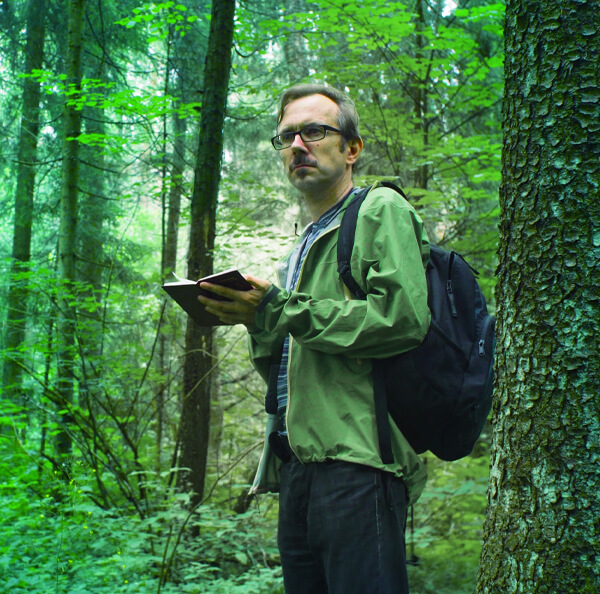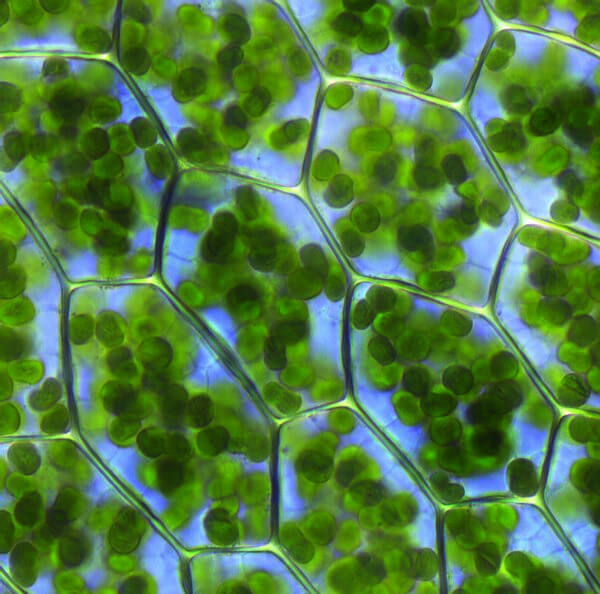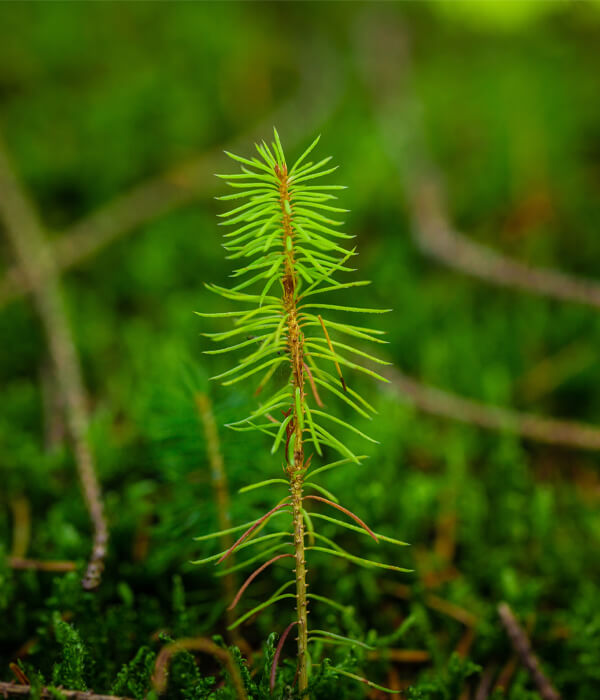Growing forests for the sake of the climate
Growing forests absorb and sequester large quantities of CO2, a greenhouse gas, thereby reducing climate impact on the planet. The bigger the forest and the more it grows, the greater its positive effect will be.
In a somewhat simplified terms, this is how it works:
One method is to plant new forests. The “value” of every seedling that grows into an adult tree in a new forest is the permanent removal of circa 140 kg of CO2 from the atmosphere.
Examples include planting trees in disused airfields, formerly tilled fields or pastures that are no longer in use. The growing forest stores much more CO2 than open land does. We gain a gradual, positive climate impact that lasts as long as the new forest is actively cultivated.

Fertilizing the forests we already have
Another method is to fertilize the forests we already have. A one-time fertilization using 150 kg nitrogen per hectare (10,000 m2) in a middle-aged forest yields about 10-20 m3 in increased growth per hectare over a ten-year period. If we subtract the emissions from the manufacture, transport and spread of the fertilizer, we have a positive net impact of about 17 tonnes of CO2 uptake per fertilized hectare of forest. The effect is essentially immediate.
Examples of climate compensation
- A group of four people who fly from Arlanda to southern Europe to attend a conference “cost” approximately 1.6 tonnes in CO2 emissions. This can be climate compensated by planting 11 trees or fertilizing a 900 m2 area of forest.
- Driving a full-sized car 10,000 km “costs” circa 1.8 tonnes of CO2 emissions. This can be climate compensated by planting 13 trees or fertilizing a 1,000 m2 area of forest.
- A business trip roundtrip between Arlanda and Umeå for one person costs 290 kg in CO2, which requires two seedlings in the ground for compensation.

Timber – a renewable resource
If we were to fertilize three percent of our cultivated forest every year, Sweden would immediately become carbon neutral. (Provided that all other emissions remain unchanged and that the growth increase is used to increase timber stock in the forest.)
If Sweden restored 350,000 hectares of disused pastures and arable land to what they once were – forests – this build-up of new forests would store large amounts of CO2. During the conversion phase, this would compensate for the corresponding amount of net carbon emissions from other sectors of society for 10 years. Thereafter, the new forest would start to yield raw materials that would reduce dependence on fossil fuels and contribute to an increase in the construction of wooden buildings.
Over the long term, we would also have greater resources in the form of wood. Wood is a renewable resource that supplies society and the emerging bioeconomy. Wood can be used as a replacement for a wide range of other materials and products based on fossil products, such as plastic, concrete and various building materials. The increased importance of wood raw materials can be seen as a bonus, an added benefit, and one that will last as long as the forest is cultivated.
In other words, the growing forest is a powerful force in the fight against atmospheric GHG.


